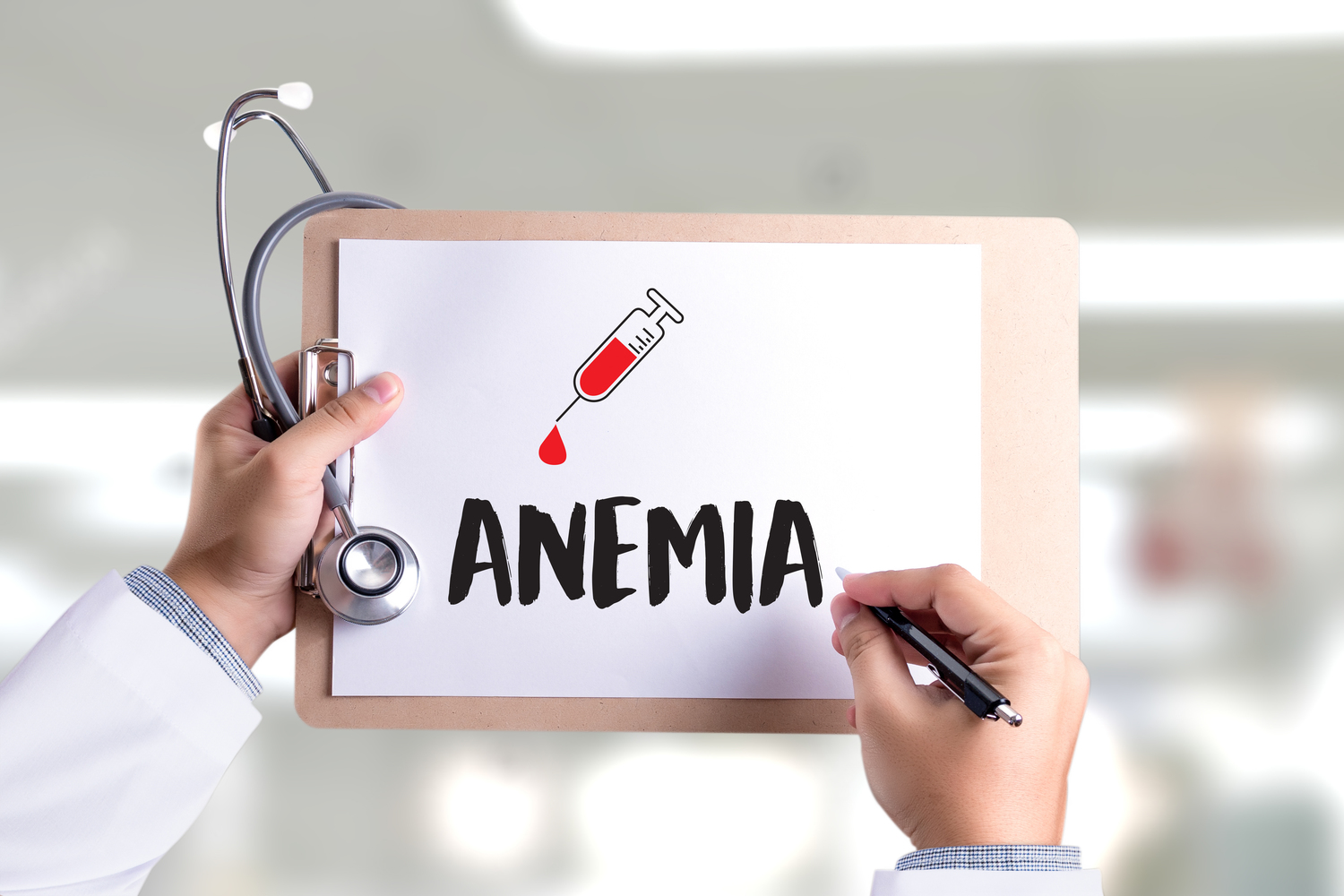
All you need to know about iron deficiency anemia
Iron deficiency anemia is a disorder that sets in when the number of red blood cells in the blood fall below the normal range. There are many reasons why red blood cell quantities decrease. One of the reasons is the depletion of hemoglobin and the impaired ability of the bone marrow to produce red blood cells.
It starts gradually and many people with the disorder are not aware of its presence. The disorder can be very mild and very minor symptoms may exist. As the condition worsens the symptoms become pronounced. These symptoms include:
- Lightheadedness, dizziness, and headache
- Weakness, tiredness, and extreme fatigue
- Shortness of breath
- Rapid heart rate
- Weird cravings for non-food items like dirt, clay starch, and paper – a condition termed pica
- Low appetite especially in children and adolescents
- Cold hands and feet
- Pale skin
- Brittle, ridged, and concave nails
- Sore and swollen tongue
- Chest pain
The level of iron in the blood can decrease due to a few factors. The most common factors are through excessive blood loss. Women lose blood through menstruation. Disorders of the intestinal tract like ulcers, polyps, or cancer cause excessive bleeding.
The long-term use of certain medications such as ibuprofen, aspirin, and arthritis drugs may cause gastrointestinal bleeding. People who have undergone surgery with heavy blood loss and those who are expecting and have recently given birth are prone to iron deficiency anemia. People who frequently donate blood can also develop iron deficiency anemia. Premature children and infants who experience a growth spurt are likely to develop this condition.
Besides these, the intake of iron through one’s diet may be insufficient because it may not have enough iron. The body’s ability to absorb iron may be impaired due to other factors such as the presence of Crohn’s disease, celiac disease, atrophic gastritis, and achlorhydria (a deficiency of stomach acids).
Diagnosing iron deficiency anemia involves a physical examination to list all the symptoms, the past medical history as well as previous and current medications. If a combination of symptoms suggests the disorder, a series of blood tests are done. These include a complete blood count, red blood cell count, white blood cell count, hemoglobin levels in the blood, hematocrit levels, serum iron, serum ferritin, and total iron-binding capacity, among others.
To determine if there is internal bleeding, an endoscopy is done both through the esophagus (upper endoscopy) and the colon (lower endoscopy). A fecal occult test is done to look for blood in the stools.
Treatment involves changing the diet to include food rich in dietary iron such as leafy green vegetables, dried fruits, nuts, and red meat. Vitamin C is also prescribed as it aids in iron absorption. Underlying causes like internal bleeding, ulcers, polyps, and cancers are treated appropriately. In a few cases, iron infusion is used to inject iron supplements through a needle.
To reduce the risk of iron deficiency anemia, taking fresh food rich in iron along with adequate doses of Vitamin C is the first step. Being active and doing regular exercises adds to the efficacy of the diet.


